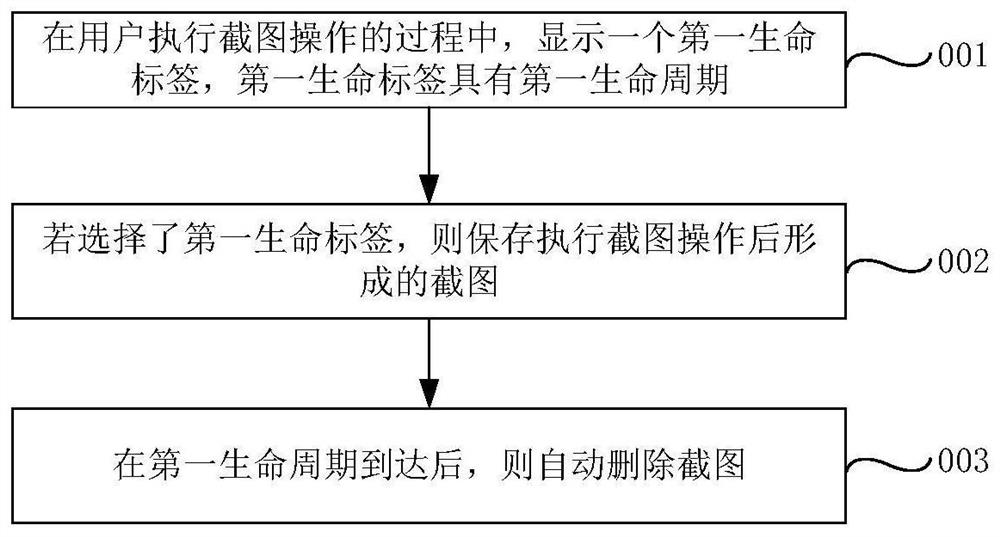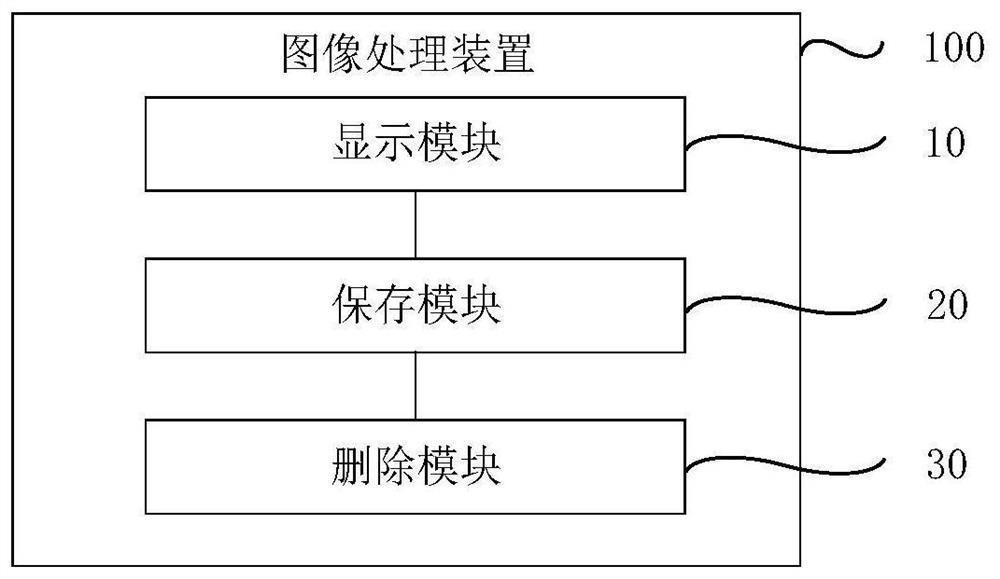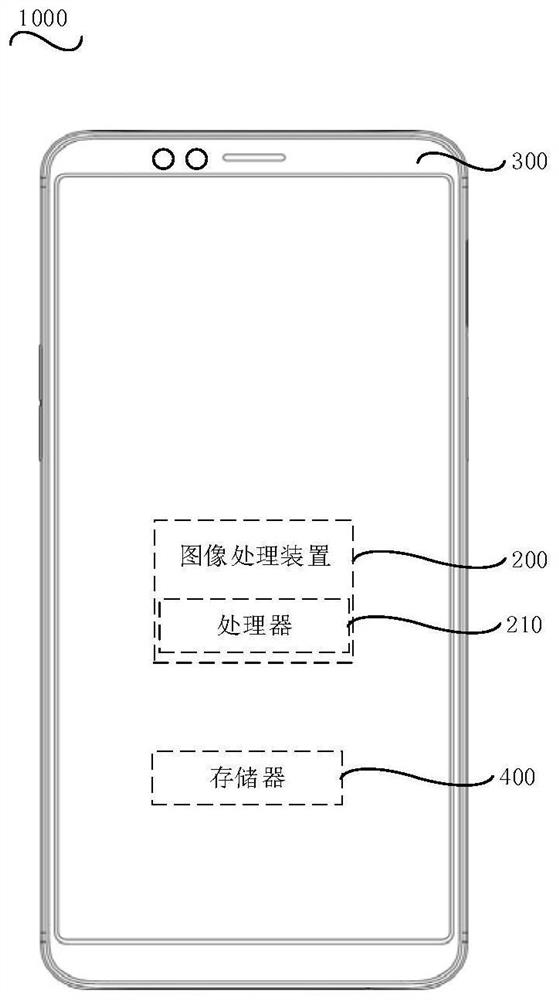Image processing method, image processing device, terminal and readable storage medium
An image processing device and image processing technology, applied in the field of image processing, can solve the problems of reducing the convenience of use of mobile terminals, affecting user experience, etc., to achieve the effect of improving user experience, improving use convenience, and avoiding jamming
- Summary
- Abstract
- Description
- Claims
- Application Information
AI Technical Summary
Problems solved by technology
Method used
Image
Examples
Embodiment Construction
[0032] Embodiments of the present application are described in detail below, examples of which are shown in the drawings, wherein the same or similar reference numerals denote the same or similar elements or elements having the same or similar functions throughout. The embodiments described below by referring to the drawings are exemplary, are only for explaining the embodiments of the present application, and should not be construed as limiting the embodiments of the present application.
[0033] see figure 1 , the embodiment of the present application provides an image processing method. Image processing methods include:
[0034] 001: In the process of the user taking a screenshot, display a first life label, and the first life label has a first life cycle;
[0035] 002: If the first life label is selected, save the screenshot formed after the screenshot operation is performed; and
[0036] 003: After the first life cycle is reached, the screenshot is automatically delete...
PUM
 Login to View More
Login to View More Abstract
Description
Claims
Application Information
 Login to View More
Login to View More - R&D
- Intellectual Property
- Life Sciences
- Materials
- Tech Scout
- Unparalleled Data Quality
- Higher Quality Content
- 60% Fewer Hallucinations
Browse by: Latest US Patents, China's latest patents, Technical Efficacy Thesaurus, Application Domain, Technology Topic, Popular Technical Reports.
© 2025 PatSnap. All rights reserved.Legal|Privacy policy|Modern Slavery Act Transparency Statement|Sitemap|About US| Contact US: help@patsnap.com



